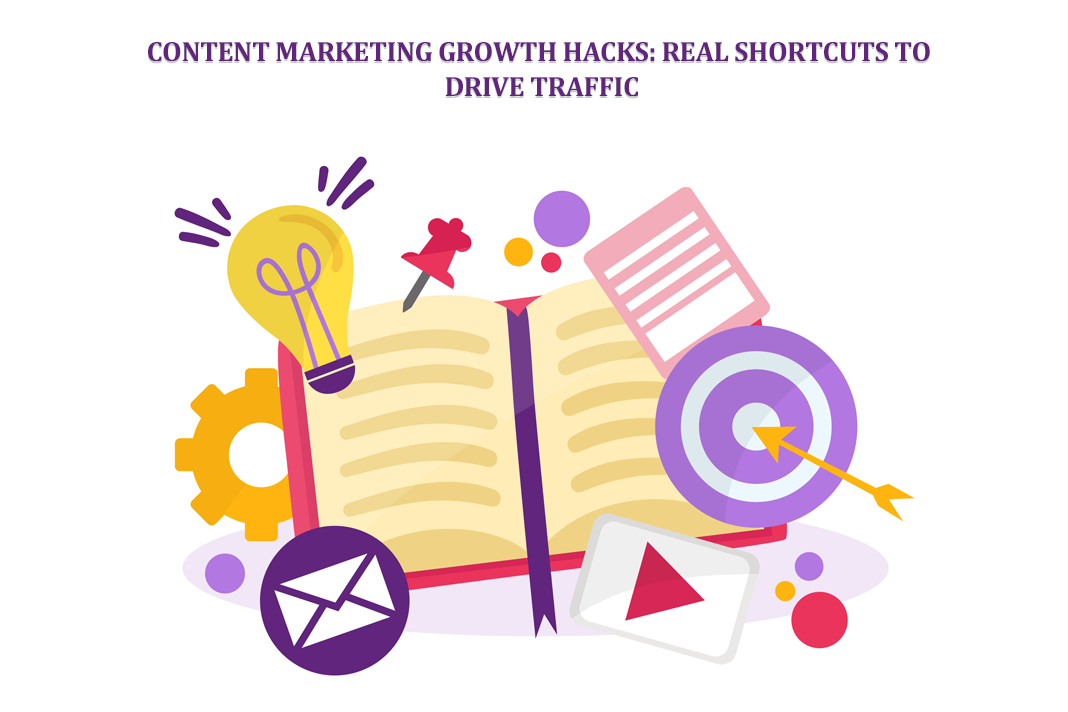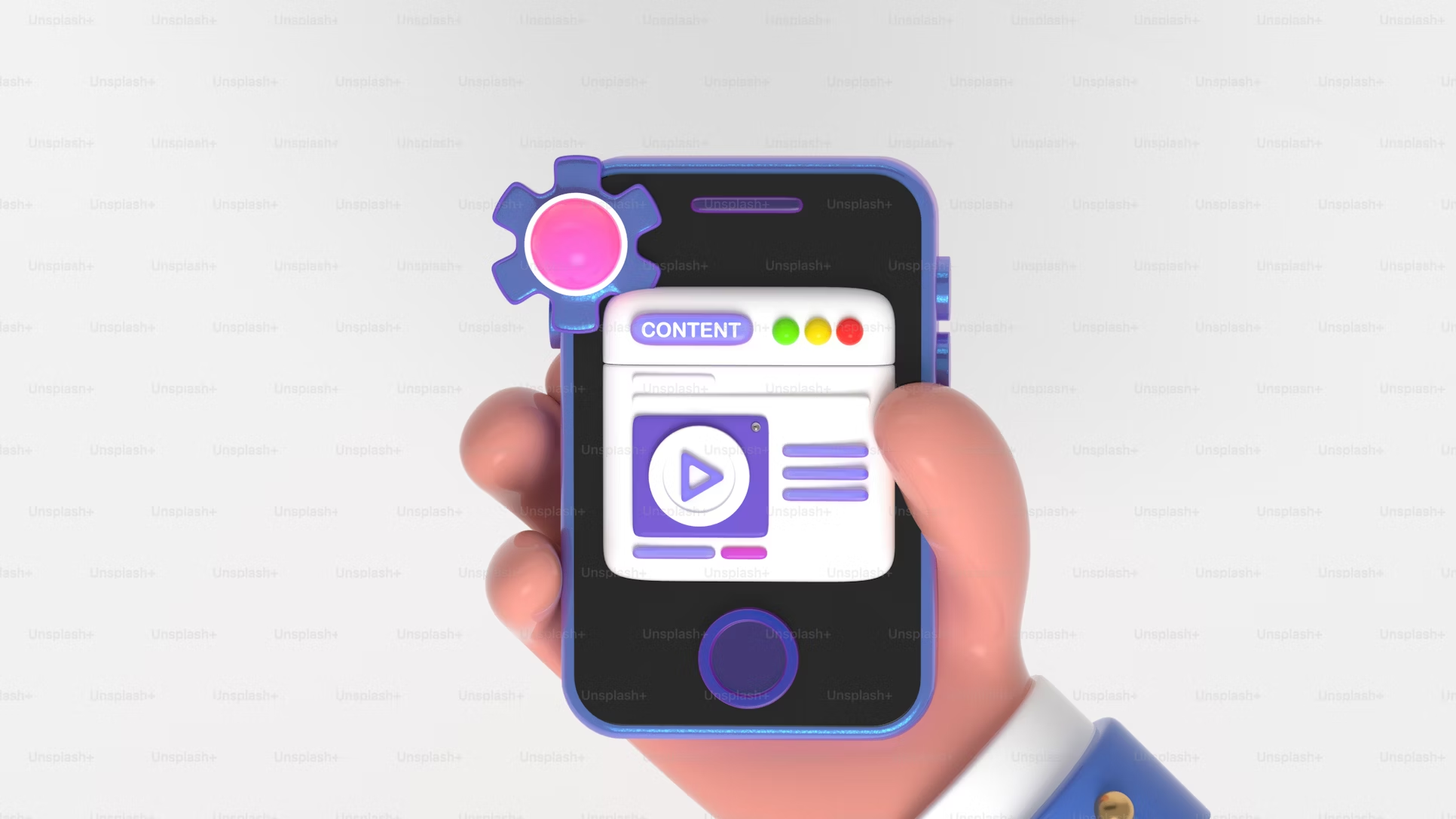Here are all the ways a tree diagram can help you…
A tree diagram is, for all intents and purposes, exactly what it sounds like. Also commonly referred to as a systematic diagram or an analytical tree, it literally looks like a tree complete with a trunk and a number of different branches.
Any tree diagram begins with a central idea that acts, more or less, as the “trunk.” Then, you start to add related ideas – which become the branches. You then add more ideas to those ideas, eventually forming the completed “tree” or a more accurate representation of the finer details of the larger idea that you started with.
It may seem straightforward, but the benefits of this technique are far-reaching – particularly when it comes to the deeply rooted and organic connection that you’re trying to make with your audience as a marketer.
The Many Benefits of a Tree Diagram
A tree diagram is invaluable in a variety of ways, all of which are beneficial in your role as a marketer.
If you were trying to troubleshoot a particular problem that you were facing, for example, a tree diagram is a perfect opportunity to take the various elements of that problem and break them down into more detail in a visual way that is easy to follow. The trunk of the tree begins in a fairly broad fashion, but as each branch is added you move from one specific detail to another to get a better idea of exactly what you’re dealing with.
Along the same lines, a tree diagram can be a perfect way to develop a series of finely tuned steps in order to accomplish a particular goal. In that case, the trunk of the tree might be the marketing goal you’ve set your sights on and the branches would be the smaller tasks that you need to complete in order to actually pull that off.
Tree diagrams are also an effective communications tool and allow you to explain something in great detail to others – which is another way that they’ll come in handy as a part of your larger marketing efforts.
Using a Tree Diagram
By now, you’re ready to sit down with a tree diagram maker like Visme (which I founded) and create one of these helpful materials yourself. Where, then, is the best place to begin?
For the sake of discussion, let’s continue with the example of using a tree diagram to explain a particular topic to your audience in your marketing – in this case, you might use it to show exactly what a product does and how it will make the lives of your customers better.
To start, you need to develop a broad thesis of whatever is being “observed” by the diagram. In this case, you could explain in a sentence or two what your product “does” and allow it to act as the trunk on the diagram.
Then, you need to ask yourself a series of questions that will lead you into the next set of details that you want to explain. People can see what the product does – how does it actually do that? What steps does someone need to take to get the most out of their purchase? Are there multiple use cases for the product, or just one? Can it be used in tandem with other products for an even greater experience?
Then, the answers to each one of those questions becomes a new branch on the diagram. All the while, you can check each point to make sure that it actually belongs on the tree in the first place. If you’ve included something that doesn’t tie directly back into that original statement, it may be valuable information – but it’s also irrelevant to the task at hand. Consider setting that point aside and representing it in another way, like via a scatter plot maker instead.
So in the end, people can clearly see what your product does in a simplified and visual way – but they can also dive deep into the type of finer detail that such a straightforward statement could never really convey.
In the end, it’s important to remember that visual collateral is always important in terms of what you’re trying to do as a marketer – but not all visual collateral is created equally. Some ideas need to be conveyed using a method like the tree diagram, while others may feel more appropriate in a format like the Infographic or even a presentation. Start with the idea and let the needs of your own creativity dictate the format you use to express it.
Provided that you’ve done that, the connection you seek will more or less be able to create itself.
About the Author
Payman Taei is the founder of Visme, an easy-to-use online tool to create engaging presentations, infographics, and other forms of visual content. He is also the founder of HindSite Interactive, an award-winning Maryland digital agency specializing in website design, user experience and web app development.
How to Use SEO and SEA Together in Search Engine Marketing
In digital marketing, search engine marketing (SEM) plays a critical role in improving online…
0 Comments10 Minutes
Content Marketing Growth Hacks: Real Shortcuts to Drive Traffic
Are you still lagging in content marketing? Sticking to these old strategies seems…
0 Comments10 Minutes
How to Build a Strong Local Following Using Social Media Marketing
In the days of likes, shares, and stories, local businesses have a golden opportunity to create…
0 Comments9 Minutes
Why WooCommerce is the Best Choice for Your Online Store?
WooCommerce stands out as a top option for anyone looking to build an online store. This platform…
0 Comments8 Minutes
How to Use AI-Powered SEO Tools for WordPress eCommerce
SEO is a critical factor in the success of any e-commerce WordPress store. As competition…
0 Comments11 Minutes
Why Short-Form Videos Are the Future of Content Marketing
Your Instagram customers spend over 50% of their time watching short-form videos and reels. Rather…
0 Comments12 Minutes
The Role of Digital Marketing in Business Growth
Online marketing touches every aspect of a business, whether it is initiating the idea or for an…
0 Comments3 Minutes
AI Meets Authenticity: Balancing Automation and Human Touch in Content Marketing
Is your brand starting to sound like a robot? In a world where algorithms write faster than any…
0 Comments8 Minutes








